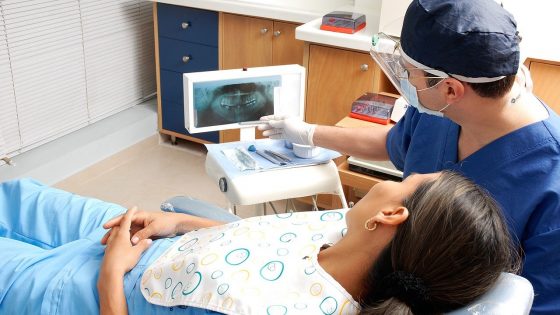DTGM fusion protein
An anticancer drug formed by the combination of diphtheria toxin and a colony-stimulating factor (GM-CSF). The colony-stimulating factor is attracted to cancer cells, and the diphtheria toxin kills the cells.
DTH
An inflammatory response that develops 24 to 72 hours after exposure to an antigen that the immune system recognizes as foreign. This type of immune response involves mainly T cells rather than antibodies (which are made by B cells). Also called delayed-type hypersensitivity response.
DU 145
A cell line made from human prostate cancer cells that is used in the laboratory to study the way prostate cancer cells grow.
dual energy x-ray absorptiometric scan
An imaging test that measures bone density (the amount of bone mineral contained in a certain volume of bone) by passing x-rays with two different energy levels through the bone. It is used to diagnose osteoporosis (decrease in bone mass and density). Also called BMD scan, bone mineral density scan, DEXA, DEXA scan, dual x-ray absorptiometry, and DXA.
dual x-ray absorptiometry
An imaging test that measures bone density (the amount of bone mineral contained in a certain volume of bone) by passing x-rays with two different energy levels through the bone. It is used to diagnose osteoporosis (decrease in bone mass and density). Also called BMD scan, bone mineral density scan, DEXA, DEXA scan, dual energy x-ray absorptiometric scan, and DXA.
ductal carcinoma
The most common type of breast cancer. It begins in the lining of the milk ducts (thin tubes that carry milk from the lobules of the breast to the nipple). Ductal carcinoma may be either ductal carcinoma in situ (DCIS) or invasive ductal carcinoma. DCIS is a noninvasive condition in which abnormal cells are found in the lining of a breast duct and have not spread outside the duct to other tissues in the breast. In some cases, DCIS may become invasive cancer. In invasive ductal carcinoma, cancer has spread outside the breast duct to surrounding normal tissue. It can also spread through the blood and lymph systems to other parts of the body.
ductal carcinoma in situ
A noninvasive condition in which abnormal cells are found in the lining of a breast duct. The abnormal cells have not spread outside the duct to other tissues in the breast. In some cases, ductal carcinoma in situ may become invasive cancer and spread to other tissues. At this time, there is no way to know which lesions could become invasive. Also called DCIS and intraductal breast carcinoma.
ductal intraepithelial neoplasia
A condition in which abnormal cells are found in the lining of a breast duct (milk duct). Having ductal intraepithelial neoplasia may increase the risk of breast cancer in which these abnormal cells become cancer and spread outside the duct to other tissues in the breast. Types of ductal intraepithelial neoplasia include atypical ductal hyperplasia and ductal carcinoma in situ (DCIS). Also called DIN.
ductal lavage
A method used to collect cells from milk ducts in the breast. A hair-size catheter (tube) is inserted into the nipple, and a small amount of salt water is released into the duct. The water picks up breast cells, and is removed. The cells are checked under a microscope. Ductal lavage may be used in addition to clinical breast examination and mammography to detect breast cancer.













